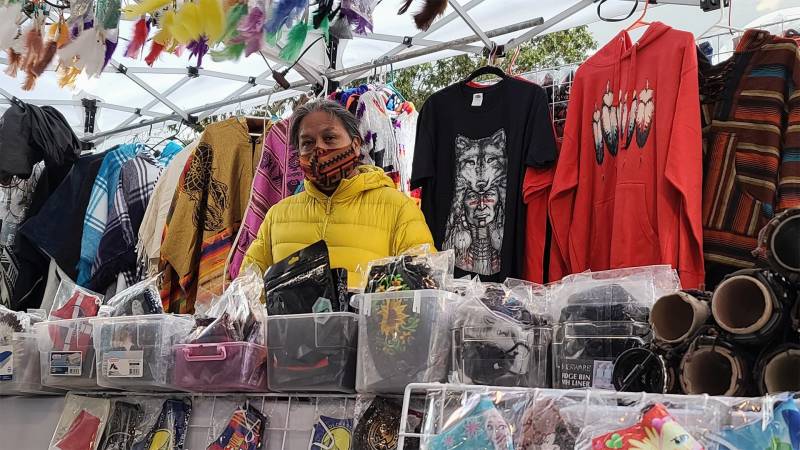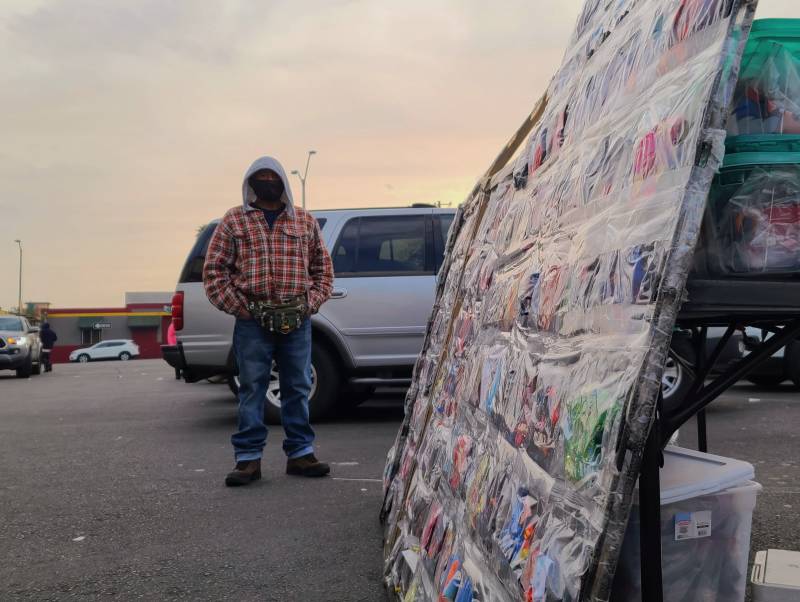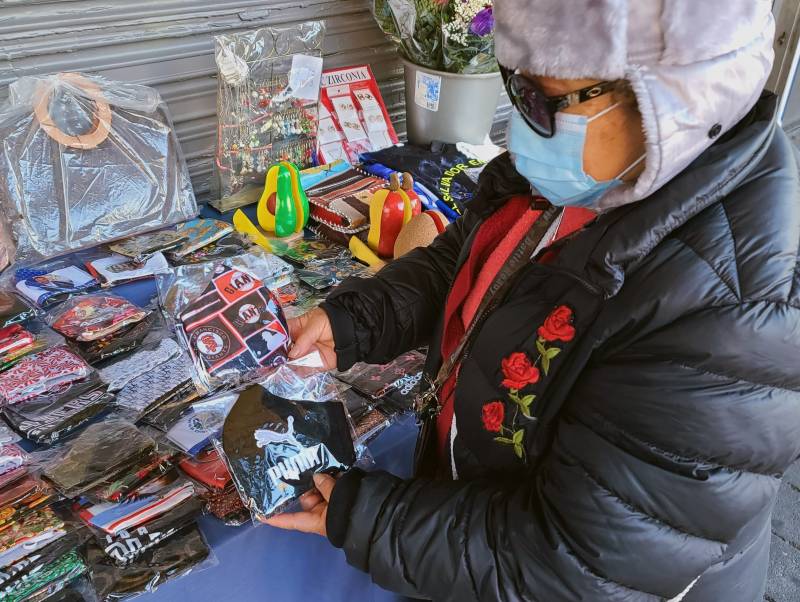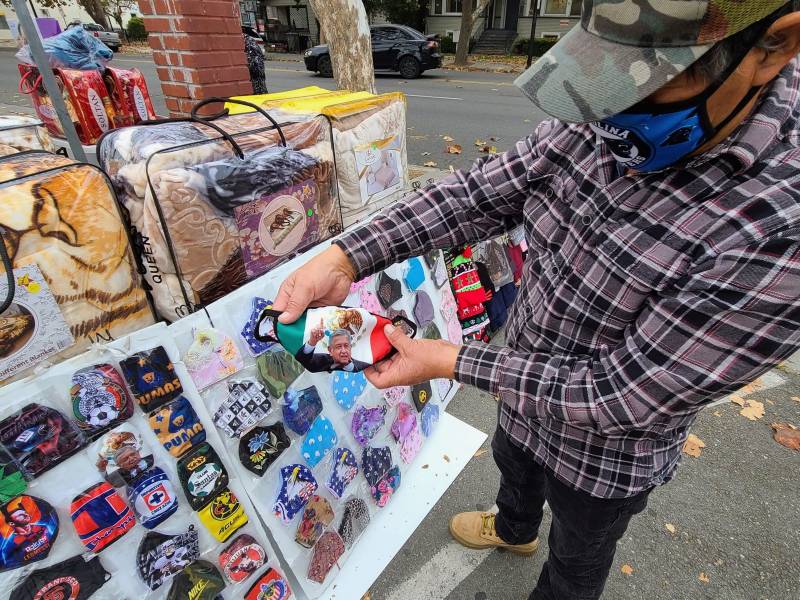Editor’s note: To protect the identities of some individuals interviewed for this story due to immigration status, only first and middle names were used.
One evening back in June, José Antonio’s cell phone rang. He saw it was his boss calling and realized it could only mean one thing. It had been weeks since they had a new client. For almost his entire adult life, José Antonio has worked as a carpenter. He managed to keep his job through past crises, but he knew that this time he wouldn’t be as lucky.
“I felt it in my fingertips. But I didn’t even want to think about it because it brought me down,” he says in Spanish. “When I lost my job, all I could think about was how I could buy food for my family. We had no savings, nothing. I had to think fast.”
Looking for ideas, the 41-year-old Oakland resident and father of two went on a walk. Once outside, he realized that he forgot his face mask. That was it: face masks. That was what was going to get him through this.
“Necessity, brother. Necessity is the biggest reason that exists in the world. The need to bring home something to eat everyday,” he says. “When you’re in that spot, your brain thinks a lot quicker.” He had no resources to open up a store and doesn’t qualify for federal benefits. But he knows Oakland well, especially his own neighborhood, Fruitvale.





